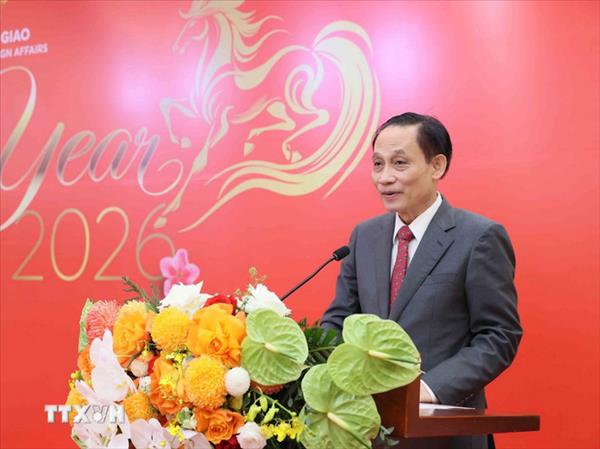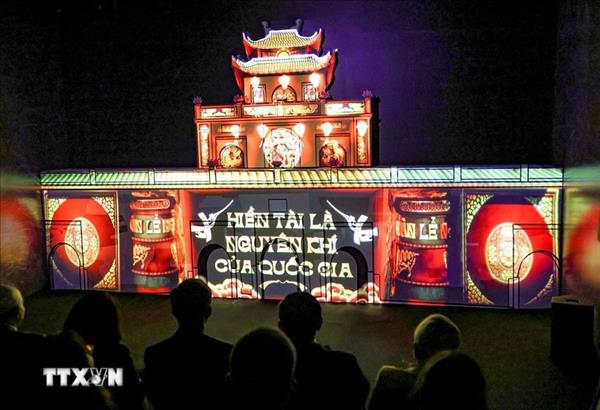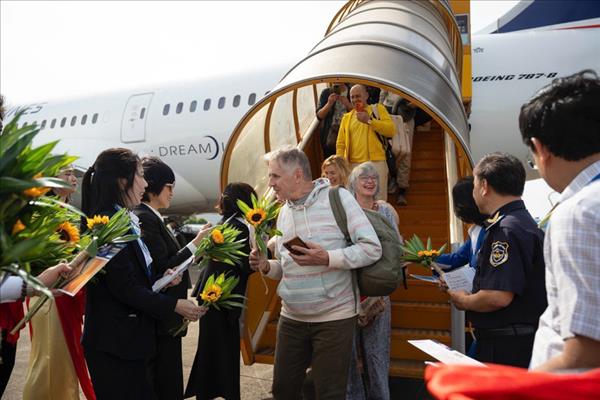The results show a continuing shift in global influence from west to east, with Indian, Chinese and Vietnamese cities dominating the top positions.
Vietnam, with two cities in the top 20, the most of any country in the Southeast Asian region, featured highly in the global ranking driven by soaring exports to the US as its economy profits from the China-US trade disputes, which is forcing companies to shift their supply chains, the report said.
Jeremy Kelly, director of cities research at JLL, said: “The remarkable dynamism in the emerging Asian economies is proof that economic reforms, business growth and infrastructure investment can drive the expansion of industry, significantly in the tech sector, and facilitate a start-up culture. This is now being repeated the world over, as geographical diversity looks to be returning to the Index.”
The index combines socio-economic and commercial property metrics in 130 markets to identify the world’s most dynamic urban centres. It identifies a number of key growth drivers, including talent attraction, the expansion of innovation hubs and better urban planning, they can employ to meet the challenges faced by rapid momentum.
In recent years, Vietnam has entered a journey of international integration and been creating an export-driven economy. Securing a large number of FTAs has set it up for a partnership with 60 countries and on the path to becoming the new global manufacturing hub.
These successful trade pacts are also expected to boost its GDP by 2.18 percent-3.25 percent annually by 2023 and by 4.57percent-5.3 percent annually between 2024 and 2028, JLL said.
Stephen Wyatt, head of JLL Vietnam, said: “This has strengthened Vietnam’s leading momentum in Southeast Asia, with HCM City and Hanoi retaining their status as the top two cities leading the Index and are set to have among the highest economic growth globally over the next several years.”
However, rapid urbanisation and strong economic growth in Vietnam are putting huge pressure on existing infrastructure.
While many other cities are struggling to keep pace with the growing demands for high-quality transport and utilities, both HCM City and Hanoi are responding to the infrastructure deficit by investing heavily in new metro networks to create large, commuter-intensive public transport systems. Long Thanh Airport is also being constructed near HCM City to replace Tan Son Nhat as the city’s international airport.
In response to demographic growth and the need for quality of life enhancement, smart-city technologies are presented as an appropriate measure to improve the city’s efficiency, livability and sustainability.
HCM City and Hanoi are pushing smart city initiatives and districts to promote sustainable development, and this has attracted foreign investors such as Sumitomo, Lotte Group and ABB Group. Notable developments in progress include Eco Smart City in HCM City and BRG Smart City in Hanoi.
“One common ingredient when looking at cities that succeed at rapid growth is the importance placed on governance and leadership – something often overlooked,” Kelly said.
“The complex nature of city transformation relating to the innovation economy, climate mitigation and a changing geo-political world means a city’s governance system is increasingly critical to a city being ‘future-fit’ for the coming decades.”
Wyatt said: “JLL expects Vietnam’s fastest growing cities to maintain the level of interest from overseas investors, and continue on its growth trajectory, particularly with the help of government policy to resolve infrastructure deficit and city sustainability.”
The company’s City Momentum Index has been published for the seventh year./
VNA/VNP

















